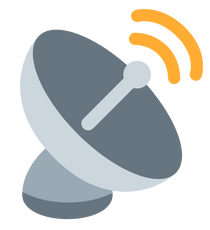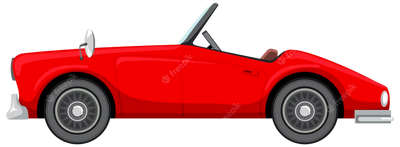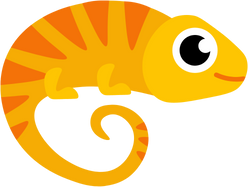
Hi there, I am Homi.
Today, I will show you a memory technique to memorize anything.
That's right, anything!



Are you ready for a quick quiz? Study these regions again if you like.
If you are telling your friend what you did on your last birthday, which part of your brain are you using?

The hippocampus will have this long-term memory of the event.
The correct answer is the hippocampus. The hippocampus will have this long-term memory of the event.

While we talk of a "memory", the fact is, we have not one but several "memories".
Rote memorization makes use of only our verbal memory.
What then is the key to improving our memory? Let's find out.

Our visual, associative and spatial (VAS) memories are stronger, much stronger than our verbal memory, capable of holding way more information, way more reliably.
Alas, we never learn to make use of them for our studies.
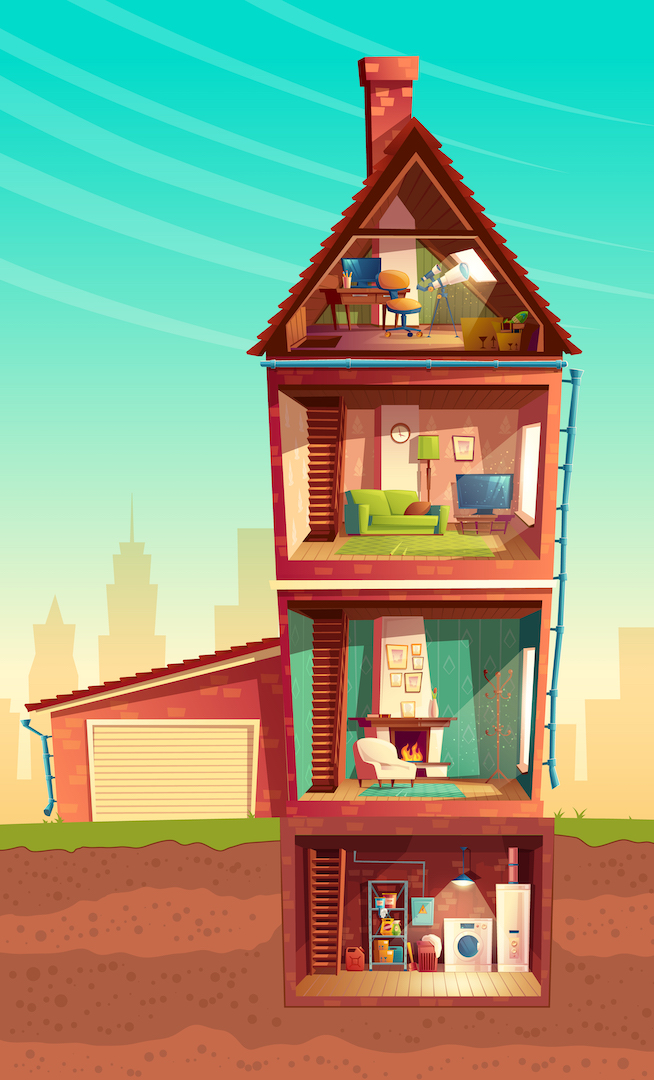

The technique is called the story method.
In the story method you turn what you have to memorize into a story.
Let's see how it works. We shall apply it to this following lesson:
This is the lesson.

Don't worry! In eight minutes, this lesson will become as familiar to you as the rooms of your own house!
As you do this activity, focus on the places of the house and the things you interact with.
Let's find Kevin.

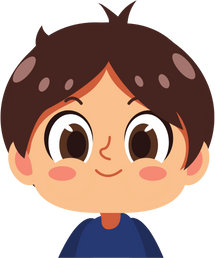
Hi, I am Kevin. My mom and dad are with Grandpa at the hospital; I am alone at home. An evil wizard has been lurking around my house, trying to break in. Will you help me defend my house?

First, we need a lookout to see him coming from far away. Where should we set it up?
Click / tap on the thing in the house.

Oh yes, this is perfect. This telescope will give us a clear visual of him.

Oh, this? Grandpa often stargazes here. He can't breathe very well; so we have oxygen here for him.

In the Story Method we use the story, characters and pictures to remind us of the lesson. Let's see how that works.

Remember the two objects and where they are in the house to memorize the first point.
1. Occipital Lobe: This is the visual processing center of the brain.
Think of the telescope as a visual processor. "Oxy"-gen sounds like "Occi"-pital and can remind you of it.

The wizard may have his invisibility cloak on; we also need to listen for his approach. Can you set up these microphones on the roof?

Perfect! You've got deft hands. We now have auditory input. We will process it on this computer for speech comprehension.

Use these as cues for the temporal lobe and its functions.
2. Temporal Lobe: This lobe is critical for processing auditory input and speech comprehension.
Temporal lobes are named so because they are located near the temples of the head, near our ears. The antennas are the house's ears now!


3. Frontal Lobe: It is known for its role in decision making and problem solving.

I am so nervous, I can't think straight. Actually I don't even know what the wizard is coming to steal. What do you think is the most valuable thing in the house?

Why, of course! He's coming for the car. It's near the garage, a room before the front room - a pre-front room, if you may.
My dad loves this car. He says it expresses his personality. Mom says she doesn't understand dad's complex behaviour.

4. Prefrontal Cortex: This region is responsible for personality expression and complex cognitive behavior.

You are doing great! We are half way through the lesson now. Let's do a quick revision.

Perfect. Let's continue the lesson now.

Oh no, my pet chameleon Amigo fell down. Can you pick and put him on the television? That's his favorite spot.
He is always so scared. He thinks the wizard is coming to steal not the car but something else.

5. Amygdala: This almond-shaped set of neurons is key in the processing of emotions, especially fear.
The amygdala is also called our "reptilian" brain.

Oh no, the wizard is here! It looks like he's turned himself into a hippopotamus.

Did you expect an old man in a pointy hat? I can take many forms now. And I have come here to feast on your childhood memories. Umm, they are just the tastiest!

6. Hippocampus: This region plays a crucial role in the formation of new long-term memories.
Hippocampus literally means seahorse which is how this organ is shaped. Choose the wizard's form.

Quick, let's head to the basement. He looks so scary - I think we should take this bicycle and get out of here. I know how to ride a bicycle. Can you attach the seat and the bell? They are on the washing machine.
Drag and attach them.

7. Basal Ganglia: This region of the brain is associated with voluntary motor control and procedural learning.
Attaching the seat and bell are examples of voluntary motor control, actions you do consciously.
Riding a bicycle is an example of procedural learning - a memory process that involves acquiring skills through repetition and practice.

Wait! Upon seeing the bell, I remembered something. I have seen this wizard before. I know how to defeat him. Come with me.

He's scared of repetitive, ringing noises. Quick, ring this bell near him as loudly as you can.
Drag and shake the bell near the wizard.

8. Cerebellum: It is involved in coordinating voluntary movements.
Ringing the bell in a rhythmic pattern is an example of coordinated voluntary movements.

Thank you so much! You help me defeat that wily wizard and protect my home!
Now, let's do a quick recap.

That was the lesson. Let's now see how effective the Story Method was for you. Are you ready for a small quiz?

 Processing of emotions, especially fear
Processing of emotions, especially fear
 Formation of new long-term memories
Formation of new long-term memories
 Voluntary motor control and procedural learning
Voluntary motor control and procedural learning
 Processing auditory input and speech comprehension
Processing auditory input and speech comprehension
Basal ganglia
Hippocampus
Prefrontal Cortex
Amygdala
Temporal Lobe

Before we proceed to your results please create a free Homi account. It takes less than a minute.

Fantastic job! So that was the Story Method.
Try to recall this lesson tomorrow and even after a week. When recalling, retrace your steps in the house in order. You will be surprised to see how much you have retained!
But how do you apply the Story Method to your own lessons?

With Homi you can apply the Story Method to your lessons, yourself.
Homi has everything you need to turn your lessons into stories and practice with them.
1. Imagine Wizard: First imagine a lesson as a story by yourself, or take help from our AI-powered, Imagine Wizard.
2. Story Editor: Design the story with the Story Editor using millions of graphic assets.
3. Study Mode: Practice with it, and see your grades take off!
You will need a laptop or desktop to go further. If you are already on one, go on ahead. Else, continue your journey on another device.



1. "Oxy"-gen: "Occi"-pital lobe
Telescope: Visual processing
2. Temples: Temporal lobe
Antenna: Auditory input
Computer: Processing auditory input, speech comprehension
3. "Front" room: Frontal lobe
Whiteboard: Decision making, problem solving
4. Garage ("Pre-front") room: Prefrontal Cortex
Sports car: Personality, expression, complex cognitive behavior
5. Amigo: Amygdala
"Reptilian": emotions, fear
6. "Hippo" or seahorse: Hippocampus
Feeds on long-term memories
7. "Base"-ment: Basal Ganglia
Attaching bell: Voluntary motor control
Riding bicycle: Procedural learning
8. "Bell": Cere-"bell"-um
Ringing the bell: Coordinating voluntary movements
